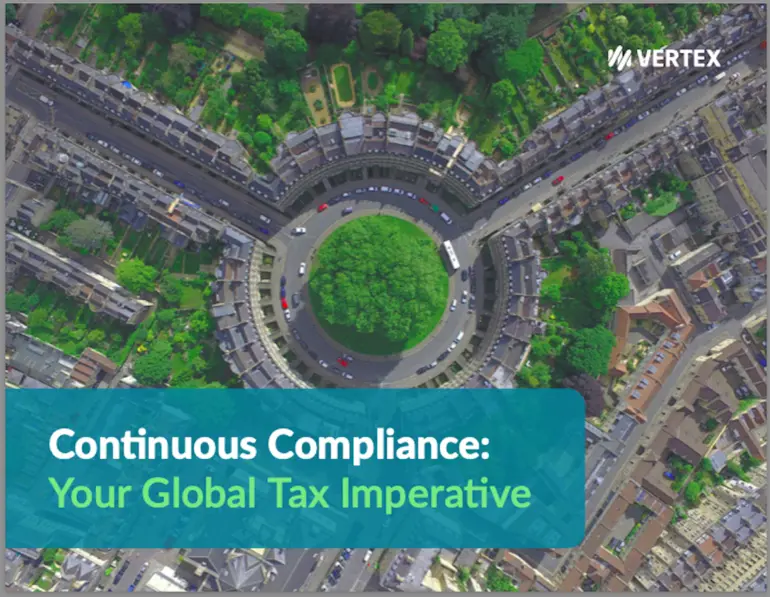Sales Tax Audits: The Hidden Costs of Compliance

Sales tax audits have become a regular part of doing business. As organizations expand into new markets, add digital channels, and manage a patchwork of systems, the risk of being selected for a state tax audit increases. What was once a back-office compliance task can now ripple across finance, operations, and leadership. The question is no longer if an audit will happen but how prepared the organization will be when it does.
Sales Tax Audits: More Than a Compliance Check
At its core, a sales tax audit is designed to confirm that a company collected and remitted the right amount of tax. But in practice, audits often extend beyond the numbers. They expose how well an organization manages its data, internal processes, and ability to respond under pressure. For businesses operating across multiple jurisdictions, that examination can feel like a stress test on the entire operating model.
Why Audit Risk Is Rising
Several forces are pushing sales tax audits higher on the agenda:
- Expanded nexus rules since the Wayfair decision, which pulled more companies into state tax obligations.
- Omnichannel growth, where online sales and marketplaces create new audit exposure points.
- State revenue pressures, driving tax authorities to increase the frequency and scope of audits.
- Data-driven selection, where anomalies flagged by analytics lead to targeted audits.
These shifts have made audits more frequent, less predictable, and often more complex than in the past.
Common Triggers That Draw Auditor Attention
Sales tax audits are rarely random. The most frequent red flags include:
- Inconsistent reporting between sales tax returns and financial records.
- Large volumes of exempt sales without properly documented certificates.
- Sudden changes in revenue or filing patterns.
- Industry-specific trends that auditors are trained to watch.
Even companies with strong compliance processes can find themselves under review if their profile matches one of these tax audit triggers.
The Hidden Costs of a Sales Tax Audit
The direct financial penalties of a sales tax audit are only part of the story. More often, the greatest impact is operational:
- Time diverted from strategic initiatives as teams respond to document requests.
- System strain when pulling records from multiple ERPs, e-commerce platforms, or acquired entities.
- Disruption across departments, as sales, finance, and operations are drawn into the process.
- Repeat exposure, since a company that has been audited once is often flagged again in the future.
For leadership, the bigger concern is not the fine itself, but the drain on resources and momentum.
How Sales Tax Audits Are Changing
Tax authorities are modernizing their approach:
- Using data analytics to spot discrepancies at scale.
- Partnering with third-party contractors to expand audit reach.
- Conducting remote and digital audits, which accelerate timelines but increase pressure on companies to provide clean, accessible data.
This evolution means that the expectations placed on businesses continue to rise.
Preparing for the Inevitable Sales Tax Audit
While no organization can prevent a sales tax audit, leaders can take steps to reduce disruption when it happens:
- Maintain consistency across financial reporting and tax filings.
- Centralize and monitor exemption certificate management.
- Run periodic internal reviews to identify anomalies early.
- Stay alert to nexus changes as new markets, channels, or acquisitions come online.
These actions shift the response from reactive to proactive readiness.
Turning Audit Readiness into Resilience
Beyond avoiding penalties, audit preparedness can strengthen the organization itself. When audit processes are embedded into the way a company manages data, aligns departments, and adapts to new obligations, compliance becomes part of resilience. Leaders who view sales tax audits not just as a compliance hurdle, but as an enterprise risk to manage, can protect growth while reducing exposure.
Conclusion
Sales tax audits are no longer one-off events. They are recurring tests of how well an organization manages complexity, adapts to regulatory change, and protects its ability to grow. By anticipating triggers, understanding the broader costs, and embedding resilience into day-to-day operations, companies can approach the next state tax audit with confidence and continue moving forward even under scrutiny.
Disclaimer
Please remember that the Vertex blog provides information for educational purposes, not specific tax or legal advice. Always consult a qualified tax or legal advisor before taking any action based on this information. The views and opinions expressed in the Vertex blog are those of the authors and do not necessarily reflect the official policy, position, or opinion of Vertex Inc.
Unlock the power of Continuous Compliance
As tax administrations modernize, compliance is undergoing significant changes. Ad hoc and homegrown solutions won't suffice for managing the intricacies of global tax. A holistic, centralized approach that unifies your organization's tax compliance is crucial.
Learn More